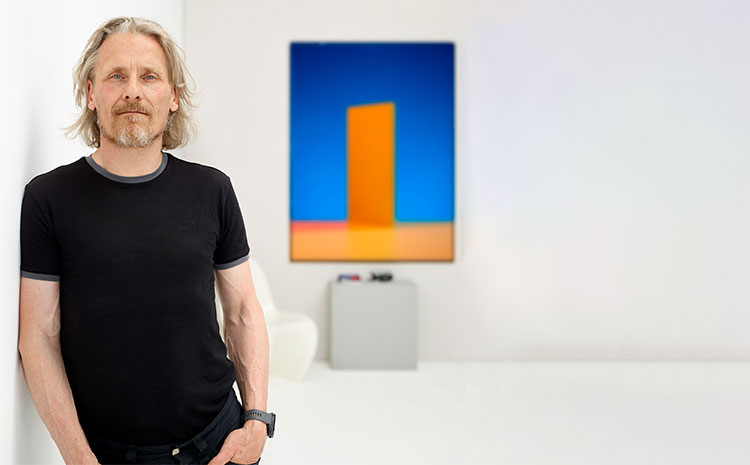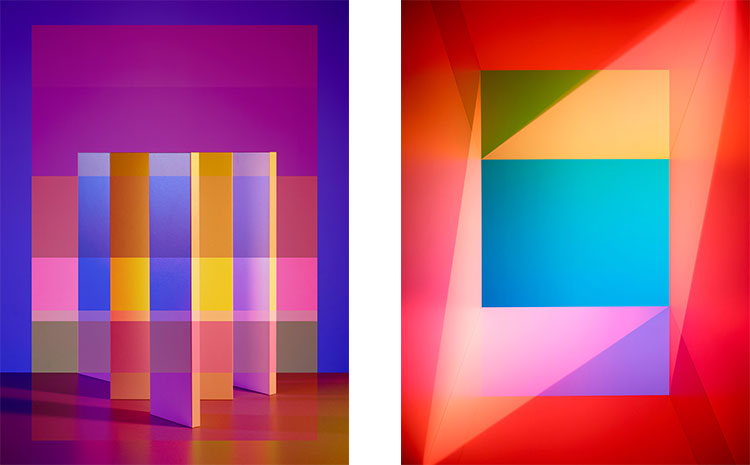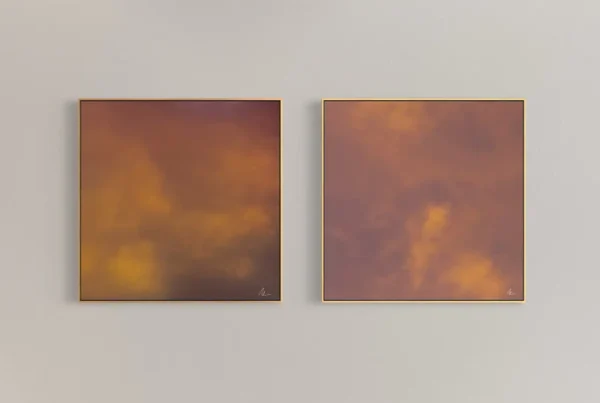“I believe this environment growing up is very important to my overall vision and to my photography.”
The Evolution of Sebastiaan Knot’s Photography Career
Sebastiaan Knot, a renowned photographer from Rotterdam, Netherlands, has enjoyed an extensive career in photography that spans over three decades. Beginning his journey at the young age of 19, Knot entered the industry without formal education. Over time, he refined his skills by collaborating with various photographers, eventually opening his own studio in 2000.
At the outset, Knot’s focus lay in commercial photography and commissioned assignments. However, as his artistic vision matured, a transition toward fine art emerged. In recent years, the esteemed photographer has opted to abandon commissioned work, preferring to devote his efforts to original, self-directed projects.
Originating from the rural northern region of the Netherlands, Knot grew up amidst vast, level landscapes and expansive horizons marked by horizontal lines. This immersion in nature during his developmental years exposed him to the unique beauty of each season and the ever-shifting light. This experience significantly influenced Knot’s artistic perspective and informed the evolution of his photographic technique.

Exploring Light and Perception in Knot’s Work
Knot is a camera-based photographer who specializes in creating both abstract and concrete images, with light as the central subject. Through his carefully staged photographs, he delves into the intricate interplay of colors and their impact on human perception. The materials and structures he employs in his compositions hold no representational significance. Instead, it is the manipulation of light that transforms and distorts the space, generating a dynamic tension between the three-dimensional environment and the two-dimensional photographic canvas.
Viewers of Knot’s work may find themselves questioning the nature of reality, as the artist’s images often defy easy interpretation. This sense of ambiguity and intrigue is a testament to his exceptional ability to explore the boundaries of perception through the medium of photography.

Creative Growth and Artistic Satisfaction
It can be challenging to pinpoint the specific works with which Sebastiaan Knot is most satisfied, as his preferences tend to evolve over time. There have been instances where he created images he initially admired, only for his fondness to wane later. Conversely, he has also grown to appreciate certain pieces after some time had passed. Presently, Knot takes great pride in his ongoing Colliding Colors series, which has brought him immense joy, insight, and satisfaction over the past few years.
Knot’s artistic style has undergone significant transformation since his early beginnings. Initially, he produced images set in expansive environments, largely driven by serendipity rather than intention. In contrast, his current compositions are predominantly smaller, often limited to the size of a tabletop, and are crafted with greater purpose. Knot now possesses a clearer vision of his artistic objectives, conducts more thorough investigations, and continually challenges himself to push the boundaries of his creative expression.
The optimal working environment for Sebastiaan Knot is a spacious, quiet studio with a high ceiling, ranging between 100m2 and 150m2 in size. Due to his reliance on long exposure techniques to capture his images, a dark setting is essential. Moreover, the absence of noise allows him to maintain focus and tranquility while immersed in the creative process.

Inspirations, Aspirations, and Advice for Emerging Artists
Sebastiaan Knot draws inspiration from a myriad of sources, encompassing other artists, nature, film, theater, and music. Among his most influential inspirations are James Turrell, Josef Albers, and Johannes Itten, each of whom has significantly contributed to the study of color theory.
Knot envisions undertaking a public space project, where he can share the enchanting experience of color interaction and challenge people’s perception of the world around them.
When asked to offer an advice to to young artists, Sebastiaan emphasized the importance of discovering and believing in one’s unique artistic voice. He acknowledges that the creative journey involves both triumphs and challenges, and advises aspiring artists to accept this reality, assuring them that, in time, they will thrive.






